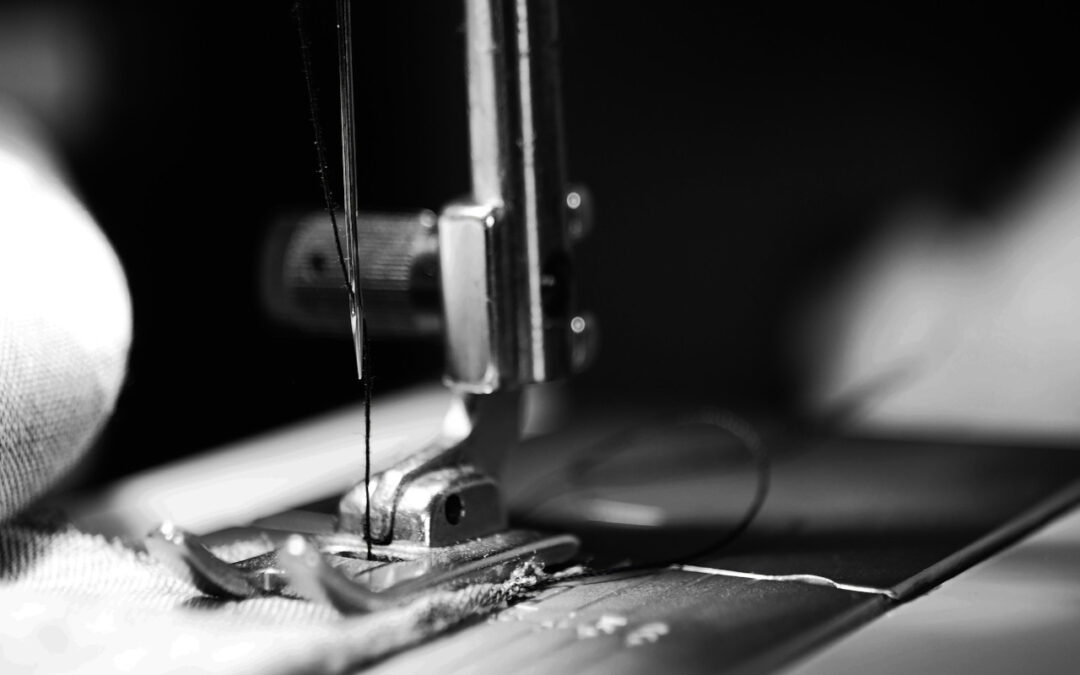Sewing can be a rewarding hobby to take up. You can sew everything from clothing to bedding and other household decorative items. By learning basic sewing, you can ensure that when your button pops off or your hem comes out of your pants, you can quickly and easily fix it.
When we were growing up, most of our mothers and grandmothers knew how to sew. As clothing has become cheaper and cheaper, sewing has become almost a lost art amongst the younger generations. Thankfully, the past few years have seen a resurgence in sewing and other handicrafts. This is leading to the new availability of information on how to sew and supplies to learn to sew with.
Sewing requires a unique set of skills. These skills are not complicated to learn, but there is a definite learning curve in learning to sew. If you jump in with both feet without a few basics, you are surely setting yourself up to fail. The best way to develop your sewing skills is to start slow, learn, and work your way up to more complex projects as time goes on and you learn what you are doing.
The first step in starting to sew is to gather up all of the items you need to complete your project. Get out your sewing machine booklet and thread your machine. Before you attempt a project, your machine should be threaded correctly and working well. This will save you a ton of frustration.
If you will be sewing something from a pattern, take the time to read through all of the instructions and make sure that you clearly understand them. Make sure to read and understand everything before you start to cut out your fabric. Remember that once you cut your fabric, it will be in pieces and you can’t just re-cut it.
Before working with your fabric, make sure you wash and dry it. This will ensure that your finished project will not shrink when you first wash it. Once it dries, you will want to iron it out. Once your fabric is washed, dried, and ironed, then you can pin your pieces to the fabric and cut them out. Cut all of your pieces out using the sharpest pair of scissors. Using sharp scissors cuts down frustration and keeps your fabric looking good at the edges.
When you first start sewing, you will want to baste your pattern pieces together with long hand stitches. This allows you to see how your project will look once you have sewn it together on your machine. And, it allows you to make adjustments much more easily if you happen to need them. One good tip here is to use a bright-colored thread for basting. This will allow you to easily remove it once your project is sewn together.
The most important thing for you to remember when you first start sewing is that “Rome was not built in a day.” Start with a simple project and take your time. Then start a more complex project, and take some time to learn a new skill or two when completing it. As you progress through your various projects, you will feel more and more confident in your sewing abilities. After all, you are learning to sew because it is functional and fun!


